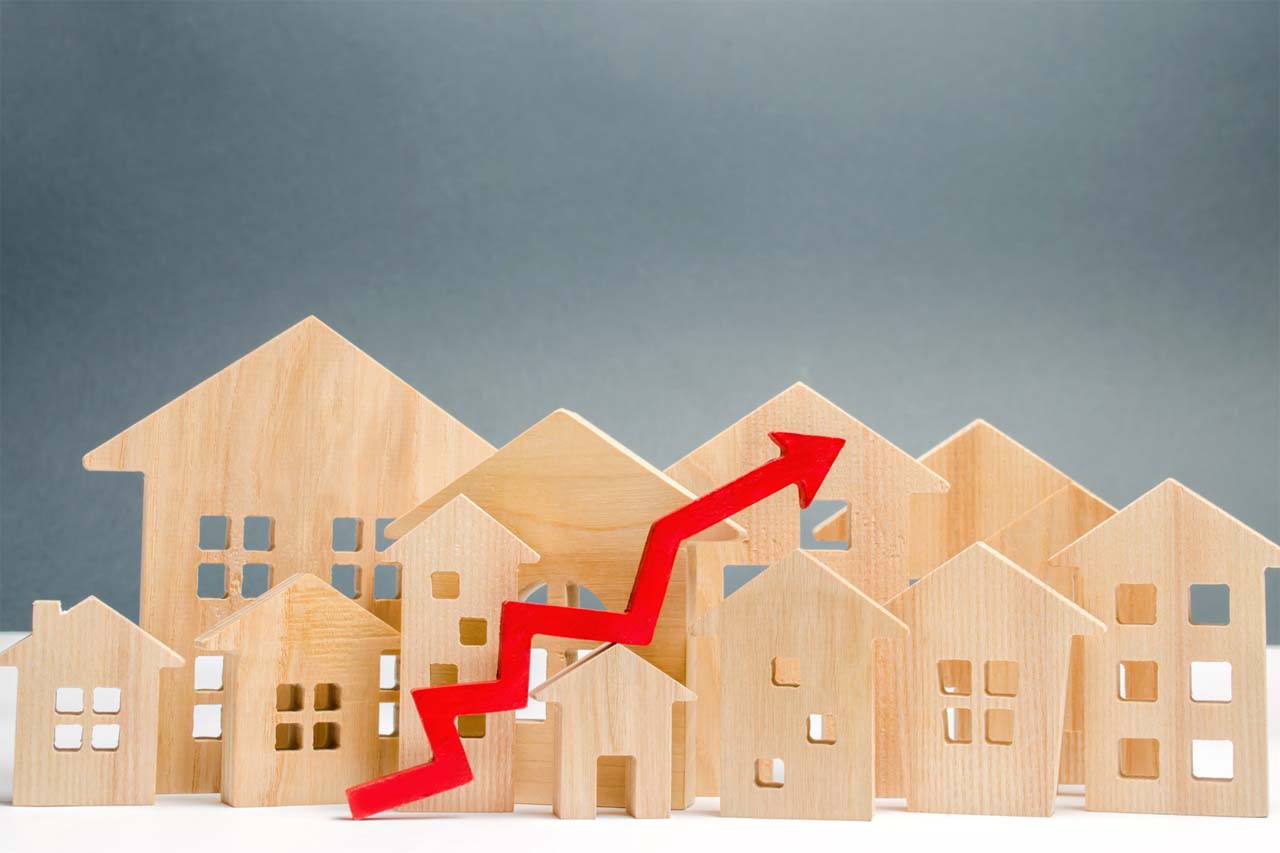The latest report from the Mortgage Bankers Association (MBA) has instilled hope in economic enthusiasts and industry experts alike, with the mortgage delinquency rate plummeting to its lowest level since the metric was first tracked in 1979. This significant milestone signals potential improvements in economic conditions, though rising delinquency rates in other credit sectors pose early signs of consumer credit stress.
An Historic Low in Delinquency
According to the MBA’s second-quarter report, the seasonally-adjusted delinquency rate for one-to-four-unit residential properties reached 3.37%. This rate marks a 27 basis point decline compared to the same period last year and a 19 basis point decrease quarter over quarter. Additionally, foreclosure actions have dropped by 3 basis points, further emphasizing the positive trend.
“Buoyed by a resilient job market, homeowners are continuing to make their mortgage payments,” said Marina Walsh, the MBA’s vice president of industry analysis.
A Broad Decline Across Mortgage Types
The second quarter of this year witnessed falling delinquencies across various mortgage categories, including conventional, FHA, and VA mortgages. This broad reduction demonstrates the underlying strength in the housing market and supports the growing optimism about economic recovery.
Rising Concerns in Other Credit Sectors
While the mortgage landscape exhibits promising trends, the MBA’s report also highlighted some worrying signs of consumer credit stress. Delinquencies have been rising in other credit sectors, including credit cards and car loans. These increases may indicate potential challenges ahead, despite the encouraging data in the mortgage field.
Furthermore, FHA delinquencies have seen a specific increase, rising 10 basis points compared to the previous year. When not adjusted for seasonality, these figures indicate a 13 basis point increase year over year and a significant 71 basis point rise from the first quarter of 2023.
Marina Walsh weighed in on this topic, commenting, “As the economy begins to show signs of slowing, and as the labor market experiences some cooling, homeowners with FHA loans could be among the first to experience the effects.”
Balancing Optimism with Caution
While the record-low mortgage delinquency rate shines a positive light on the state of the economy, the challenges in other credit sectors suggest a more nuanced narrative. The robust job market has undeniably played a role in bolstering homeowners’ financial confidence, but the stress seen in credit cards and auto loans indicates broader financial pressures on the average consumer.
Looking Ahead
As analysts and industry stakeholders dissect these figures, many will be keeping a close eye on the trends in the coming quarters. The mortgage industry’s health provides a snapshot of broader economic conditions, offering clues about consumer confidence, spending habits, and the overall stability of the financial system.
The decline in mortgage delinquencies remains a beacon of hope for many hoping for a full economic recovery. However, the mixed signals from other credit sectors serve as a timely reminder of the need for vigilance and preparedness for potential challenges ahead.
The economic landscape is a complex interplay of numerous factors, and while the current mortgage data is certainly encouraging, it underscores the importance of comprehensive and holistic evaluations. As the country moves forward, a balanced understanding of these indicators will be crucial in crafting informed strategies and policies to ensure sustained growth and stability.
Related posts:
 10 Most Affordable Cities To Buy A Home In 2023
10 Most Affordable Cities To Buy A Home In 2023
 Mortgage Credit Squeeze: Decade-Low Availability and its Implications
Mortgage Credit Squeeze: Decade-Low Availability and its Implications
 Zillow’s 2024 Home Price Forecast Predicts a 6.5% Increase
Zillow’s 2024 Home Price Forecast Predicts a 6.5% Increase
 FHFA Conforming Loan Limit Hike to $766,550 in 2024: Implications and Analysis
FHFA Conforming Loan Limit Hike to $766,550 in 2024: Implications and Analysis
 HELOC vs Home Equity Loan: Choosing Your Second Home Financing Wisely
HELOC vs Home Equity Loan: Choosing Your Second Home Financing Wisely



